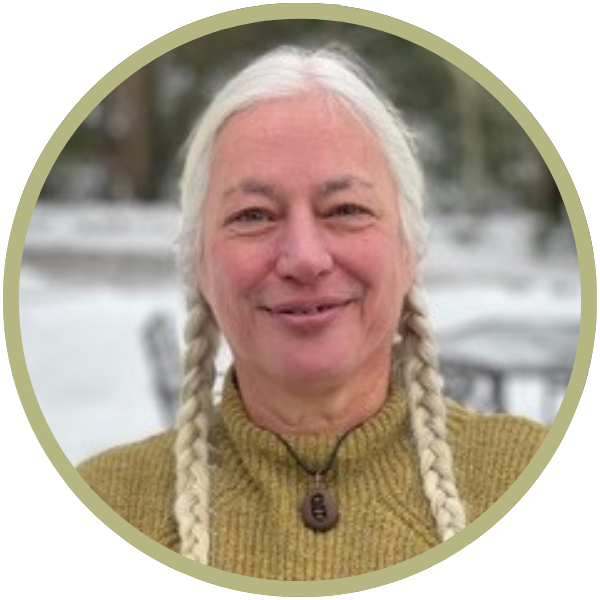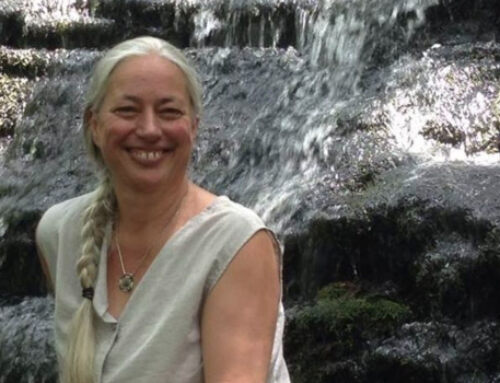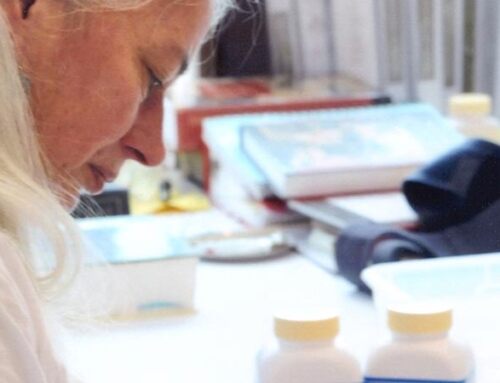We often consider the Five Phases when doing acupuncture, and the Six Conformations when treating our patients with herbal medicine.
In this Part Two conversation with Sharon Weizenbaum we consider the interplay of “wu yun, liu qi” the five movements and six climatic qi from the perspective of diagnosis and understanding not just what problem a patient has, but also its progression through time.
Listen in to this discussion on understanding the cycles and interplay of yin and yang that will help you to better understand why a patient’s illness has manifest and how to use both the movement of the phases and the influence of the conformations to treat illness and help your patients.
In This Conversation We Discuss:
- The classics are a way to shift your worldview
- The way the Shang Han Lun is organized is part of the information it has to transmit
- The importance of tracking the Yang
- The Nei Jing is about understand physiology through numbers
- The five phases is about seeing what is happening now, the six jing is about seeing how problems arise and potentially resolve
- The wu yun liu qi is about time/space motion
- Zang-fu diagnosis is helpful, but it’s static, it does tell you about the dynamic of the organs with the fluids and blood
- Tracking the yang through open-close-pivot
- Diagnosis are more reveled than discovered, when you see clearly how things ares
- A case of leukemia treated with Bai Hu Tang
- Blood stasis is always a branch
- Problems of yin conformations is the failure to store, problems of yang conformations are the failure to move through
- It’s not so much about trapped pathogens, but more about the body not functioning properly
- The six conformations are not layers, they are a circular flow
- Lu Li Hong’s Classical Chinese Medicine





